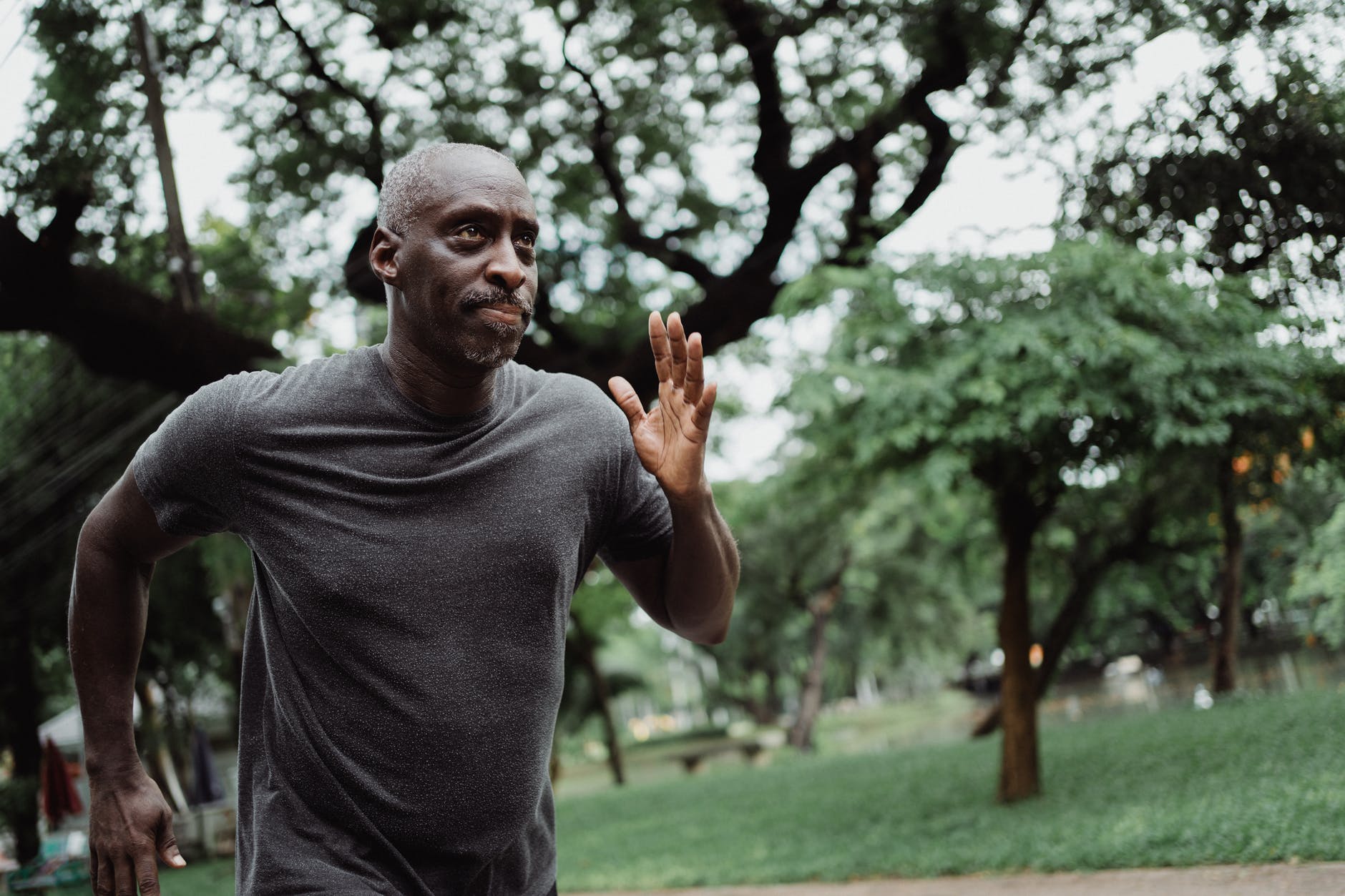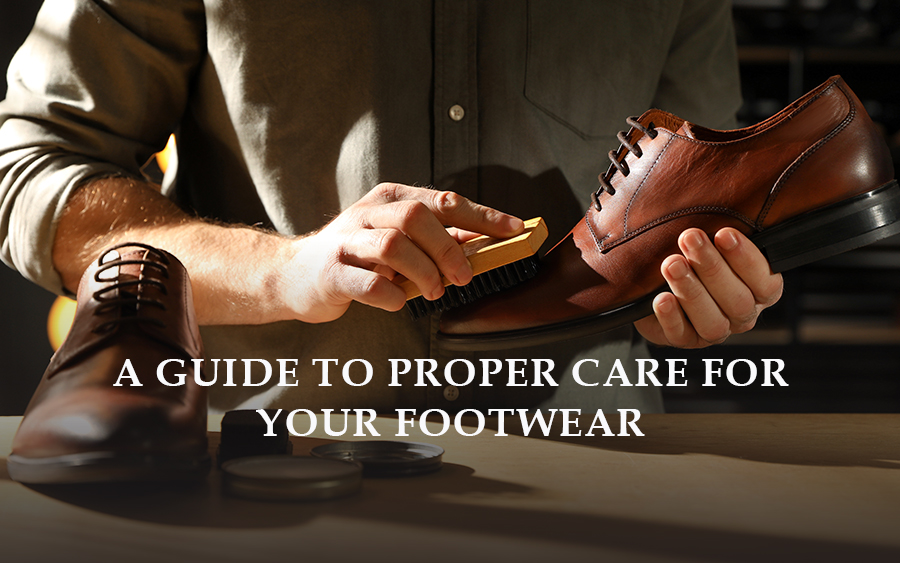How to Break Bad Habits for the New Year
1 Jan 2022 / no comments

And just like that, it’s 2022!
But don’t despair if the New Year snuck up on you, too – because we have the guide you need to break your bad habits in the New Year as simply as you would break in a new shoe.
Unfortunately, acknowledging that we aren’t exactly happy with some of our habits isn’t enough to knock it.
That’s why there are so many motivational quotes out there about making good habits – because once a habit sticks, they’re usually not going anywhere without maximum effort.
Journalist Charles Duhigg wrote a book called The Power of Habit in which he explored how and why habits developed and why we do the things that we do – whether we like it or not.
In this book, he introduced the concept of ‘habit loops’. And in understanding what a habit loop is and learning how to identify our own bad habit loops, we have the key to unlocking the way out.
The Habit Loop Framework
The simplified version of what makes a habit loop run is this:
- Cue – What triggers the unwanted habit?
- Behaviour – What is the unwanted habit?
- Reward – What do you get out of the behaviour each time?
Humans are reactive creatures by nature. And if we react to the same thing every day or regularly enough, it becomes a cue which, with every repeat, reinforces our actions. This is further enforced by what we perceive as a positive outcome after each action.
If we were to apply the habit loop framework to a good habit – for example, trying to read every night before bed to wind down – it might look like this:
- Cue – You get into bed and set your alarm for the next morning
- Behaviour – You read a few pages or a chapter of your book
- Reward – Better sleep from your body not being confused by the blue lights that come with screen time before bed (and progress in your book)
Fairly simple, right?

The Bad Habit Loop
Once you’ve identified the habit that you would like to change, the next step is to apply it to the habit loop structure.
You’ll find that the habit forms part of a routine when structured like this. For example:
If the behaviour is drinking too much coffee during the day (which is affecting your sleep at night), then you would need to examine what cues you to have each cup of coffee. This will differ from person to person, but some possible cues could be when you feel a drop in energy or when you feel cold on a winter’s afternoon.
More often than not, the reward will relate to the cue. So if you are drinking coffee because of an energy drop, the reward is that you perceive the coffee to give you a pick-me-up. On the other hand, if your cue is that you are cold, the reward is that the coffee warms you up.
Once you are aware of the cue and reward, you can change parts of the loop. The simplest is to swap or replace the behaviour:
- Cue – A drop in energy
- Behaviour – Take a nap
- Reward – Feel refreshed and have more energy
- Cue – Feeling cold
- Behaviour – Have a decaf coffee or rooibos tea
- Reward – Feel warm

However, for more long-term results, the next step would be to examine the cue itself and consider what you can do to change that, too.
If you’re having a drop of energy every afternoon, you may need to pay more attention to your sleep habits and ensure you are getting enough sleep. If work or studying is what is tiring you out, you may want to re-evaluate how you spend your energy throughout the day.
If winter is a struggle for you, is there anything you can do to make the environment you’re in warmer so that you don’t feel the need for hot caffeinated beverages throughout the day?
With just a little bit of introspection, you can hack your bad habits and create good ones with ease.
If you want ease and comfort from your footwear as well, visit your nearest Cable & Co. – the starting point of good footwear habits.

.jpg)
.jpg)

